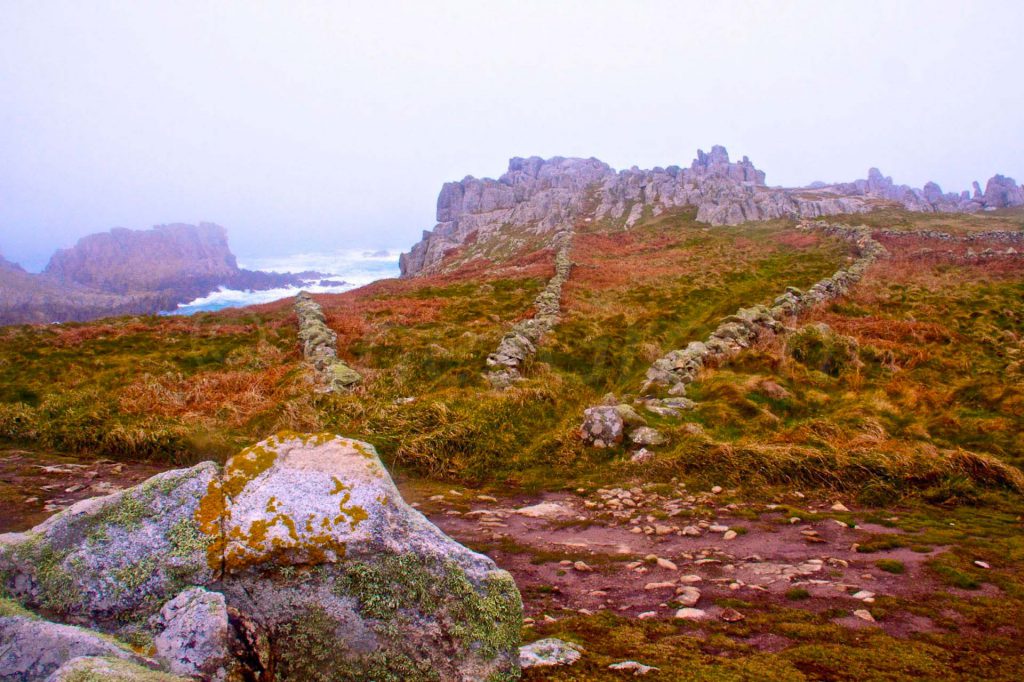Ouessant: an important ornithological reserve
Between the early days of spring and the end of summer, the Study Centre for the Ushant Environment (CEMO) and Centre of the Regional Natural Park of Armorica offer animations to discover the fauna, flora and natural habitats of Ouessant.
François Quénot is a specialist in land settlement and sustainable development who has been living in Ouessant for 4 years. A naturalist animator for the CEMO, this biologist from the Morbihan region offers various outings with different themes: seacliff birds, the fauna and flora of the northern coast, the discovery of the foreshore, the identification of algae and sea animal species and the observation of migrating living along the coastline and nesting in the cliffs. Whether he wanders among the rocks or the dunes, François Quénot shares with passion his knowledge of the marine and land fauna and flora.
Discover the exciting world of the foreshore
With his boots on, his binoculars around his neck, an orange pail slung across the shoulder and a red bonnet screwed on his head, François Quénot is easily recognisable among the rocks, even in misty weather.
As soon as the tide gets low, visitors join him on the foreshore of the beautiful little bay of Porz Gore, in the south of the island. The biologist then tells all the secrets of the true spectacle that unfolds in a theatre of coloured algae. Visitors discover a fascinating world where crabs moult, shrimps wriggle in puddles formed at low tide and strange animals , sometimes with a viscous and gelatinous appearance (common sea anemones and beadlet anemones) or with a pointed hat (common limpets, ‘patelles’ or ‘bernic’ in Britton language) hiding underneath the rocks.
Tides govern foreshore ecosystems
François Quénot points out how the tide spreads living species along the coastline and shows the different ecosystems at each level of the seashore. Besides sharing his knowledge of the habitat, the scientist also explains the tides phenomenon, the trophic chain and the biodegradability of the foreshore all the while reminding visitors that the environment and regulations in force should be undertaken when undertaking seashore fishing. The visit is interesting and diverse both from a pedagogical and scientific point of view with the recourse to different methods to enable the discovery of this natural habitat. This playful activity is an amusement for children all the while sensitising their parents to the vulnerability of the habitat. Located near the Creac’h lighthouse since 1984, the CEMO welcomes amateur observers and scientists from all over the world all year round.
Outings must be booked well in advance at the CEMO.



